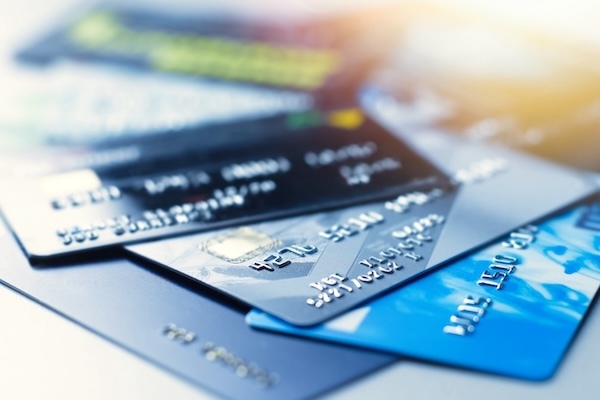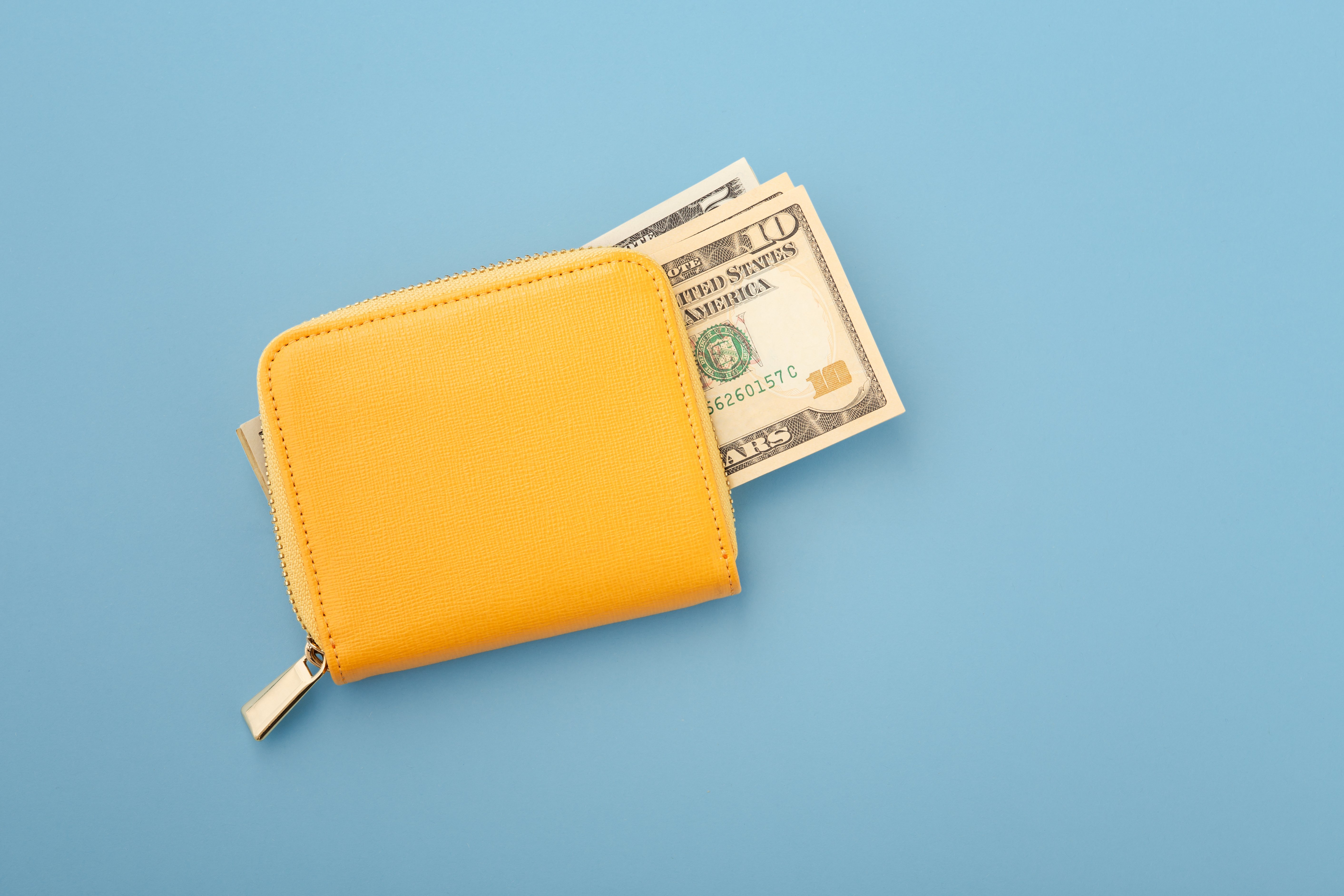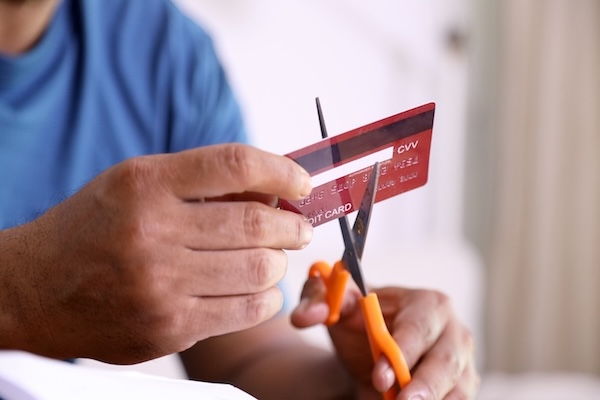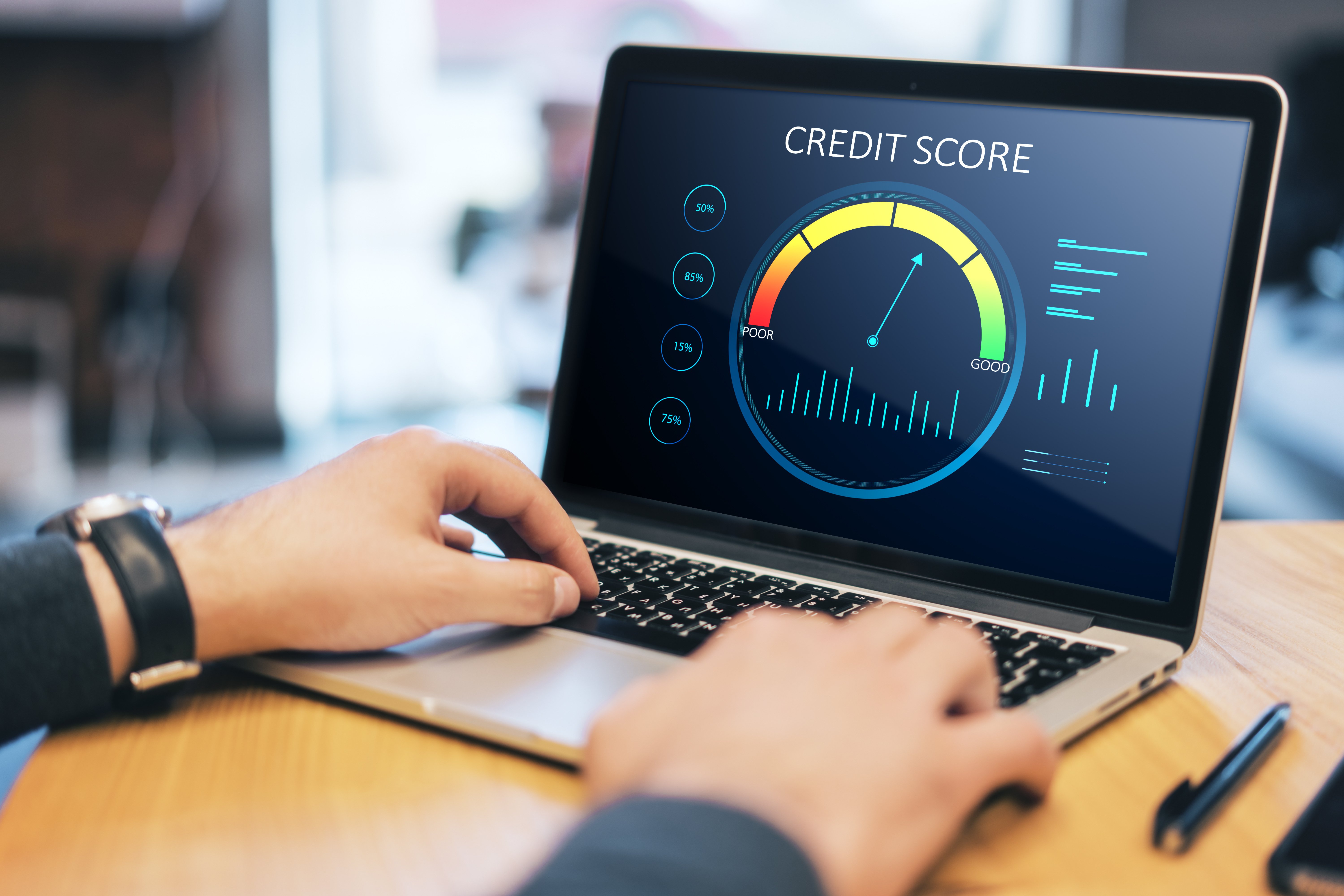End the Monthly Struggle: How to Stop Picking Which Bill to Skip
Every month, millions of Americans play a high-stakes game of financial Tetris, trying to decide which bills can wait until the next paycheck...
Whether you're covering unexpected expenses, making a big purchase, or just need extra cash, our personal loans offer simple, flexible funding tailored to your needs.
Simplify your finances with a loan that combines multiple payments into one. Our consolidation loans help reduce stress and keep your budget on track.
Upgrade your living space with financing designed for renovations, repairs, or remodeling. Our home improvement loans help you enhance your home’s comfort, value, and functionality—on your terms.
Explore expert insights, financial tips, and strategic guidance from the Symple Lending team. Our insights and resource articles are your go-to source for empowering content that helps you make informed decisions on your journey to financial freedom.
Stay up-to-date with the latest press releases, media features, and major announcements from Symple Lending. This section showcases how we're making headlines and driving innovation in the lending industry.
5 min read
Breanne Neely : Apr 27, 2025 12:00:00 AM

Table of Contents
Did you know the average American household carries over $7,000 in credit card debt? While that number might seem daunting, there's something more surprising: many people spend years paying off their cards without making real progress simply because they lack a strategic approach.
Breaking free from credit card debt isn't just about throwing money at the problem – it's about crafting a smart, personalized game plan that works for your unique situation. Whether dealing with a few thousand or tens of thousands in debt, having the right strategy can be the difference between years of struggle and achieving financial freedom.
Millions of American households struggle to pay their credit card bills month after month. When unexpected expenses hit or daily purchases pile up on credit, debt can quickly grow out of control. The real cost shows up in mounting interest charges, making it harder to save money or build wealth.
The effects of carrying high credit card balances reach far beyond your monthly bill. As interest adds up, your financial flexibility shrinks. The sooner you pay off debt, the better positioned you'll be to understand your credit and take control of your money.
Start by making a detailed list of every credit card account you have. Write down each balance, interest rate, and minimum payment. This gives you a clear picture of what you're dealing with.
A simple spreadsheet works well for tracking this information - you can add up the total amount you owe across all cards. Many budget apps also help organize your credit card debt details in one place.
Knowing your exact numbers is the first step to getting control of your credit card debt. With this information in hand, you can create a realistic plan to pay off what you owe.
Start tracking your monthly money flow—list every dollar coming in and going out. Look at your bank and credit card statements to spot spending patterns. Note costs you can cut back on, like streaming services you rarely use or takeout meals.
To free up more money for credit card debt installments, look for ways to earn extra income. This might mean picking up overtime hours, starting a side job, or selling items you no longer need. Put your extra earnings straight toward your credit card balances to help pay them off faster.
Make debt repayment a top priority in your budget. Set clear monthly targets for how much you'll pay beyond the minimum on each card. Keep adjusting your spending plan until your numbers work out.
Two main methods can help you knock out credit card debt: the snowball and avalanche approaches. With the snowball method, you focus on paying off your smallest balance first while making minimum payments on other cards. This creates quick wins that keep you going.
The avalanche method targets your highest interest cards first. While it might take longer to close out individual accounts, you'll save money on interest charges over time.
Pick the plan that fits your personality. If you need to see fast progress to stay on track, the snowball method works well. If you're focused on saving money and can stay motivated without quick wins, the avalanche approach might be your best choice.
Making only minimum credit card payments keeps you trapped in a cycle of debt. Those small monthly amounts mostly cover interest charges, leaving little impact on your actual balance. By paying more than the minimum, you speed up your path to becoming debt-free.
Let's say you have a $3,000 balance at 18% APR. Paying just the minimum ($60) means you'll spend over $4,000 in interest - and need 16 years to clear the debt. Double your payment to $120, and you'll be debt-free in about 3 years, saving over $3,000 in interest.
Look at your monthly spending to find extra money for bigger payments. Cut back on non-essential purchases, redirect tax refunds, or use income from overtime work toward your credit card balance.
Call your credit card companies and ask about lowering your interest rates. Many card issuers offer better rates to customers who make regular payments and manage their debt well. Be ready with specific details about competing card offers.
If you're having trouble paying your monthly credit card balances, ask about hardship programs. Card companies often work with customers facing temporary setbacks through modified payment plans or fee waivers. Credit counseling organizations may also be able to assist you by working with your creditors to arrange a repayment plan as a means of reducing their debt without filing for bankruptcy.
When you call, be polite but firm. Explain your situation clearly and have a specific request in mind. For example: "I've been a customer for three years with on-time payments. I received an offer for a card with a 14% rate. Can you match that rate on my account?"
Keep notes from each conversation, including the representative's name and any agreements made.
Qualifying balance transfer credit cards offer 0% APR for an initial period, often 12-18 months. This gives you time to pay off debt without new interest charges. Moving your balances to one of these cards can make monthly payments more manageable and speed up your repayment.
Personal loans are another way to combine multiple credit card balances. You'll get a fixed interest rate and a set monthly payment, often lower than your current credit card rates. Many banks and credit unions offer debt consolidation loans for these specific situations.
Before choosing either option, check the fees involved. Balance transfers usually charge 3-5% of the amount moved. Personal loans may have origination fees. Make sure you can pay off the debt before any 0% interest rates expire. Good credit scores help you qualify for the best terms.
Keep a close eye on your credit card balances with a simple tracking system. Write down each payment you make and watch your total debt drop month by month. Many people find that marking off milestones - like paying off $1,000 or closing a card account - helps them stay motivated.
Free apps can help to show your progress visually through charts and graphs. A basic spreadsheet works just as well - list your starting balances and update them after each payment. Set small targets along the way, like reducing your debt by 10%. When you hit these goals, take a moment to recognize your hard work.
Remember to review your credit card statements monthly to confirm your payments are reducing the principal balance as planned.
Stop storing credit card numbers on shopping websites and delete saved payment information. This small step helps prevent quick, unplanned purchases. Switch to cash or debit cards for daily spending - this keeps you aware of exactly how much money leaves your account.
Set up text alerts for any credit card charges. This helps you spot unnecessary spending right away. Before making purchases over $100, wait 24 hours to think it through. Many people find this "cooling off" period prevents regret-spending.
Keep one credit card with a low limit for true emergencies, and store other cards somewhere hard to reach. When you use a card, pay the full amount right away instead of carrying a balance for the next month.
Once you've paid down your credit card debt, keep your accounts in good standing by making all payments on time. Set up auto-pay to avoid missing due dates. Keep your credit utilization - the amount of available credit you're using - below 30% of your total limit.
Check your credit reports every four months by rotating between the three major bureaus: Equifax, TransUnion, and Experian. Look for mistakes or signs of fraud, and dispute any errors you find. You can get free reports at AnnualCreditReport.com. If you notice any discrepancies with your credit cards on your credit report, be sure to contact your credit card company immediately to sort things out.
Start building an emergency fund right away. Put aside money each month until you have 3-6 months of expenses saved. This safety net helps you avoid turning to credit cards when unexpected costs come up. Consider setting up automatic transfers to a separate savings account on payday.
Your journey to becoming debt-free is more than just a series of payments – it's about transforming your relationship with money. By following a structured credit card repayment plan, you're not just clearing debt; you're building financial habits that will serve you for life. Each payment brings you closer to your goals, and every dollar saved on interest is an investment in your future.
Remember, the path to financial freedom isn't always straight, but with persistence and the right strategy, you can overcome credit card debt. Start implementing these steps today, celebrate your progress along the way, and keep your eyes fixed on the ultimate prize: financial independence.
Disclaimer: The information provided in this blog post is for educational and informational purposes only and should not be considered as financial, legal, investment, or tax advice. Symple Lending is not responsible for any financial outcomes resulting from following the information or ideas shared in this blog. Every individual's financial situation is unique, and we strongly encourage readers to take their own circumstances into consideration and consult with a qualified financial, legal, tax, and investment advisor before making any financial decisions. Symple Lending does not provide financial, legal, tax, or investment advice.

Every month, millions of Americans play a high-stakes game of financial Tetris, trying to decide which bills can wait until the next paycheck...

Ever glanced at your loan paperwork and wondered why there are two different percentage numbers? It's not a typo; it's the crucial distinction...

Did you know that a majority of financial resolutions are abandoned by mid-February? It’s a startling statistic that reveals a crucial truth: the...

Did you know that the average American household carries over $7,000 in outstanding credit card debt? While that number might seem daunting, there's...

Did you know that 26 million Americans are "credit invisible," meaning they have no credit history at all? In today's financial landscape, having no...

Behind every major financial milestone, there’s one factor that often determines your path forward: your credit score. That single three-digit...